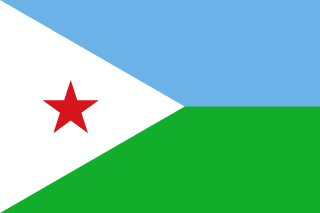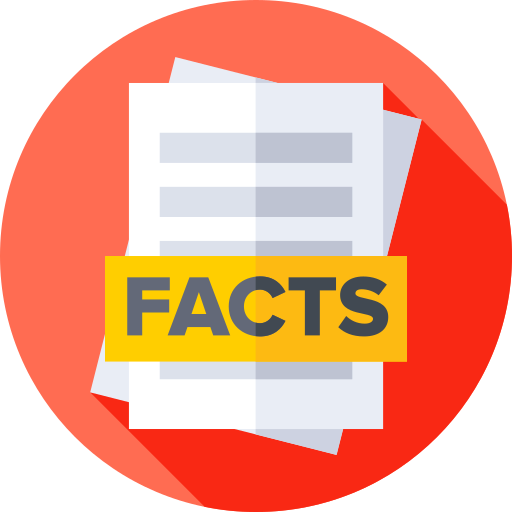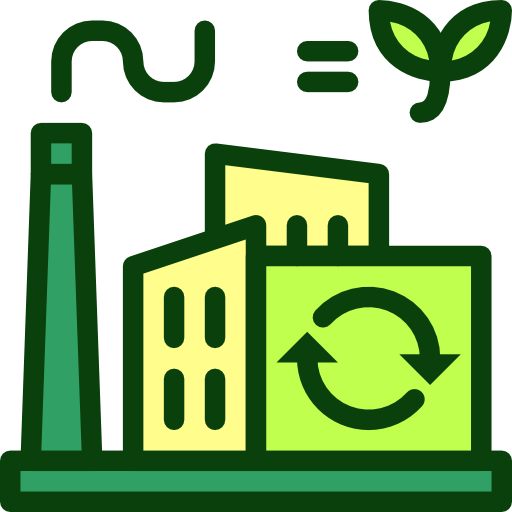Djibouti - Geography

Here, let us take a look at the Geography of Djibouti. Strategic location near world's busiest shipping lanes and close to Arabian oilfields; Lac Assal (Lake Assal) is the lowest point in Africa and the saltiest lake in the world. Mother's mean age at first birth is (), whereas, the Maternal mortality ratio is 234 deaths/100,000 live births (2020 est.)
Geographical data of Djibouti
| Location | Eastern Africa, bordering the Gulf of Aden and the Red Sea, between Eritrea and Somalia |
|---|---|
| Geographic coordinates | 11 30 N, 43 00 E |
| Map references | Africa |
| Tarrain | coastal plain and plateau separated by central mountains |
| Natural Resources | potential geothermal power, gold, clay, granite, limestone, marble, salt, diatomite, gypsum, pumice, petroleum |
| Natural Hazards | earthquakes; droughts; occasional cyclonic disturbances from the Indian Ocean bring heavy rains and flash floods volcanism: experiences limited volcanic activity; Ardoukoba (298 m) last erupted in 1978; Manda-Inakir, located along the Ethiopian border, is also historically active |
| Irrigated Land | 10 sq km (2012) |
| Major rivers (by length in km) | |
| Major aquifers | |
| Land Boundaries | 528 km |
| Border Countries | Eritrea 125 km; Ethiopia 342 km; Somalia 61 km |
| Coastline | 314 km |
| Climate | desert; torrid, dry |
| Area | |
| Total Area | |
| Land Area | 23,180 sq km |
| Water Area | 20 sq km |
| comparative Area | slightly smaller than New Jersey |
| Maritime Claims | |
| Territorial sea | 12 nm |
| Contiguous zone | 24 nm |
| Exclusive economic zone | 200 nm |
| Elevations | |
| Highest point | Moussa Ali 2,021 m |
| Lowest point | Lac Assal -155 m |
| Mean elevation | 430 m |
| Land Use | |
| Agricultural land | 73.5% (2022 est.) |
| Agricultural land: arable land | arable land: 0.1% (2022 est.) |
| Agricultural land: permanent crops | permanent crops: 0% (2022 est.) |
| Agricultural land: permanent pasture | permanent pasture: 73.3% (2022 est.) |
| Forest | 0.3% (2022 est.) |
| Other | 26.2% (2022 est.) |
Population Distribution
Most densely populated areas are in the east; the largest city is Djibouti, with a population over 600,000; no other city in the country has a total population over 50,000 as shown in this population distribution map
People and Society
In Djibouti, the different Ethnic groups are such that we have: Somali 60%, Afar 35%, other 5% (mostly Yemeni Arab, also French, Ethiopian, and Italian)
| Population | |
|---|---|
| Pop growth rate | 1.89% (2024 est.) |
| Birth rate | 21.8 births/1,000 population (2024 est.) |
| Death rate | 7 deaths/1,000 population (2024 est.) |
| Health expenditure | |
| Physicians Density | |
| Hospital bed Density | 1.4 beds/1,000 population (2018 est.) |
| Total fertility rate | 2.11 children born/woman (2024 est.) |
| Gross reproduction rate | 1.04 (2024 est.) |
| Contraceptive prevalence rate | 19% (2012) |
| Est married women (ages 15-49) | 50.6% (2023 est.) |
| Literacy | |
| Education expenditures | |
| Net Migration rate | 4.2 migrant(s)/1,000 population (2024 est.) |
| Nationality | Djiboutian | Djiboutian(s) |
| Languages | French (official), Arabic (official), Somali, Afar |
| Religions | Sunni Muslim 94% (nearly all Djiboutians), other 6% (mainly foreign-born residents - Shia Muslim, Christian, Hindu, Jewish, Baha'i, and atheist) |
| Age Structure | |
| 0-14 years | 28.4% (male 141,829/female 140,696) |
| 15-64 years | 67.4% (male 290,654/female 379,778) |
| 65 years and over | 4.2% (2024 est.) (male 18,313/female 23,704) |
| Dependency Ratios | |
| Total dependency ratio | 48.4 (2024 est.) |
| Youth dependency ratio | 42.1 (2024 est.) |
| Elderly dependency ratio | 6.3 (2024 est.) |
| Potential support ratio | 16 (2024 est.) |
| Median Age | |
| Total | 26.3 years (2024 est.) |
| Male | 24.4 years |
| Female | 27.9 years |
| Urbanization | |
| Urban population | 78.6% of total population (2023) |
| Rate of urbanization | 1.56% annual rate of change (2020-25 est.) |
| Major urban areas (Pop) | 600,000 DJIBOUTI (capital) (2023). |
| Sex Ratio | |
| At birth | 1.03 male(s)/female |
| 0-14 years | 1.01 male(s)/female |
| 15-64 years | 0.77 male(s)/female |
| 65 years and over | 0.77 male(s)/female |
| Total population | 0.83 male(s)/female (2024 est.) |
| Infant Motality | |
| Total | 45.2 deaths/1,000 live births (2024 est.) |
| Male | 52.1 deaths/1,000 live births |
| Female | 38 deaths/1,000 live births |
| Life Expectancy at birth | |
| Total population | 65.9 years (2024 est.) |
| Male | 63.4 years |
| Female | 68.5 years |
| Drinking Water Sources | |
| Improved: urban | urban: 99.7% of population |
| Improved: rural | rural: 59.3% of population |
| Improved: total | total: 90.8% of population |
| Unimproved: urban | urban: 0.3% of population |
| Unimproved: rural | rural: 40.7% of population |
| Unimproved: total | total: 9.2% of population (2020 est.) |
| Sanitation facility acess | |
| Improved: urban | urban: 87.7% of population |
| Improved: rural | rural: 24.2% of population |
| Improved: total | total: 73.8% of population |
| Unimproved: urban | urban: 12.3% of population |
| Unimproved: rural | rural: 75.8% of population |
| Unimproved: total | total: 26.2% of population (2020 est.) |
| Alcohol consumption per capita | |
| Total | 0.21 liters of pure alcohol (2019 est.) |
| Beer | 0.05 liters of pure alcohol (2019 est.) |
| Wine | 0.02 liters of pure alcohol (2019 est.) |
| Spirits | 0.14 liters of pure alcohol (2019 est.) |
| Other alcohols | 0 liters of pure alcohol (2019 est.) |
| Child marriage | |
| Women married by age 15 | 1.4% (2019) |
| Women married by age 18 | 6.5% (2019) |
Demographic profile
All Important Facts about Djibouti
Want to know more about Djibouti? Check all different factbooks for Djibouti below.









